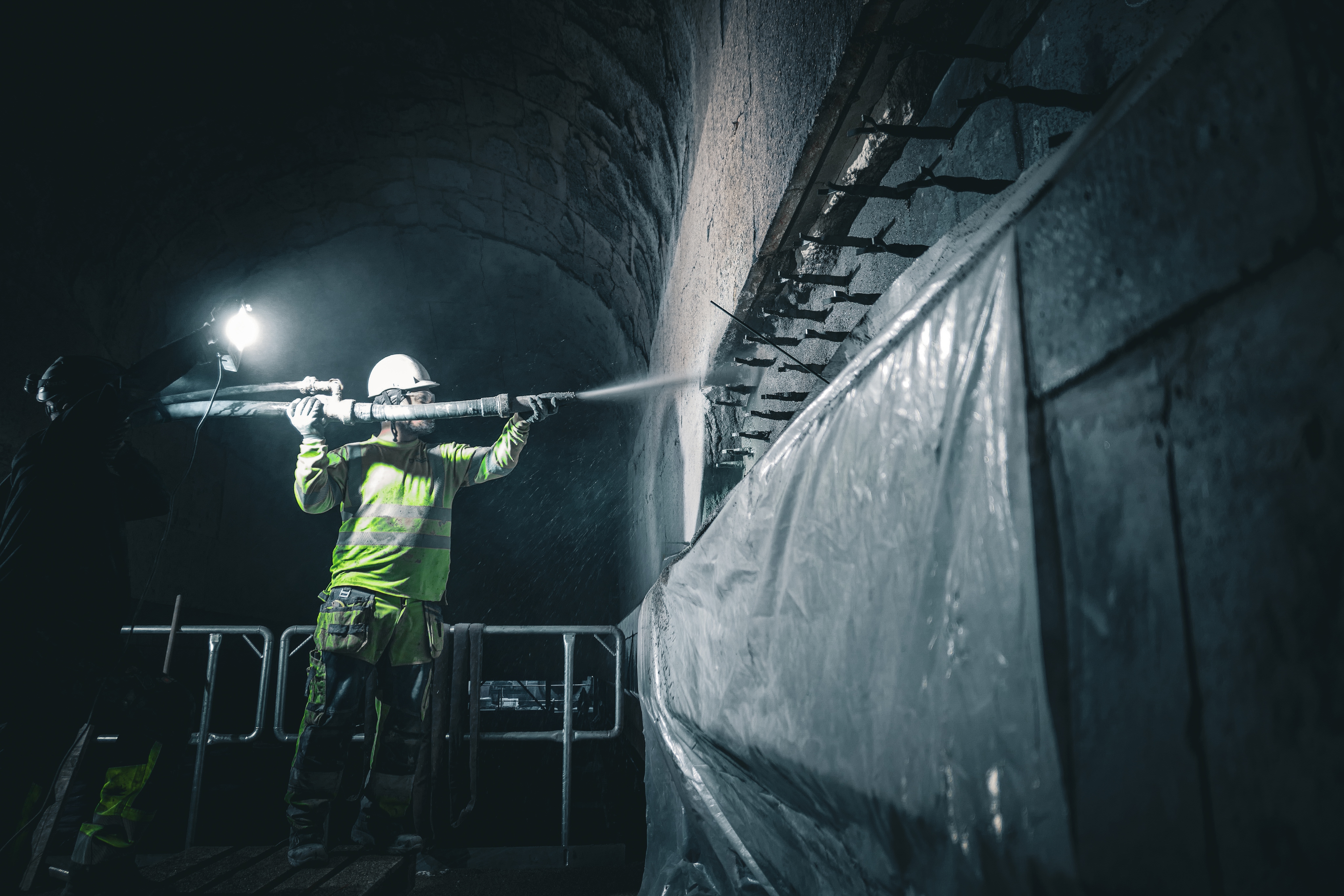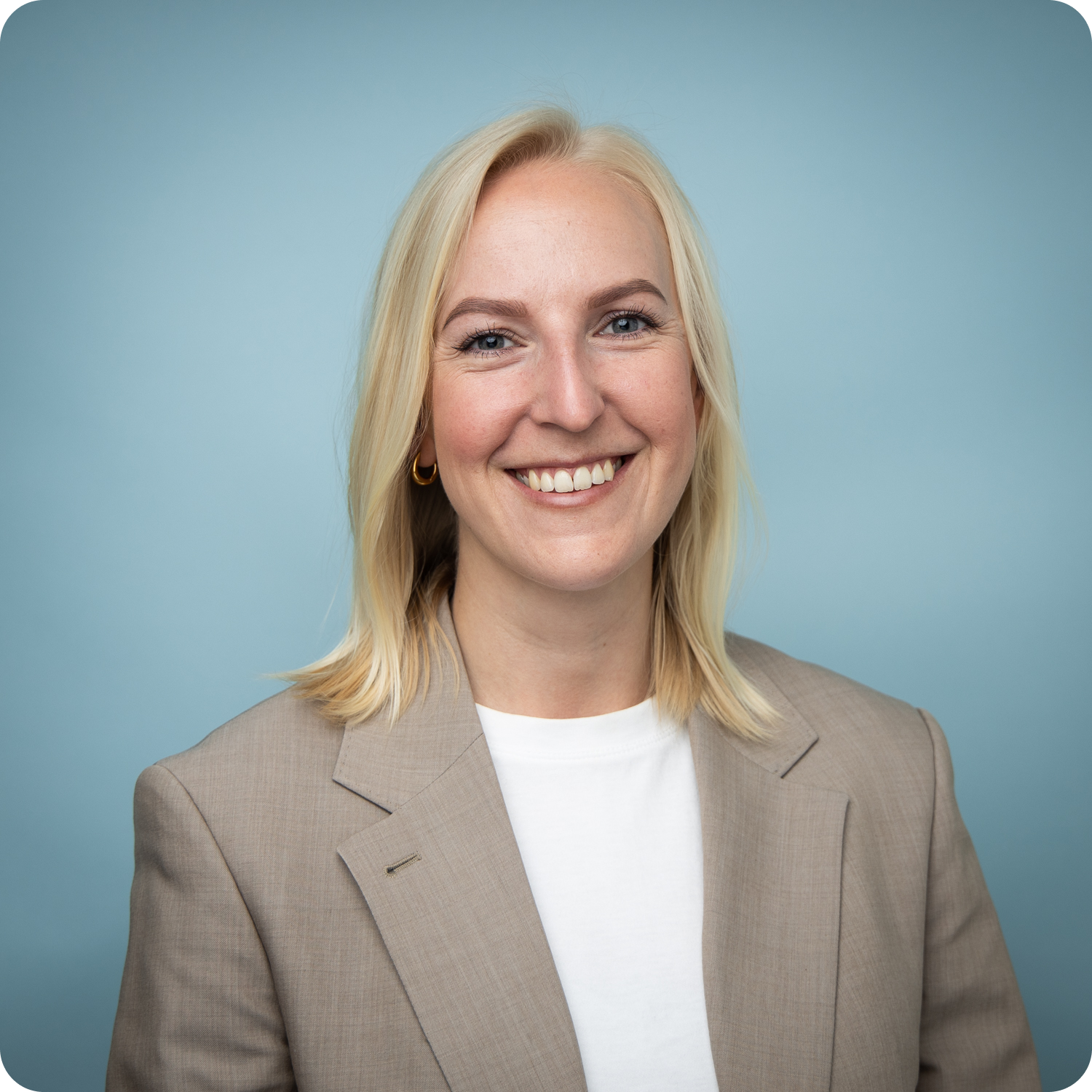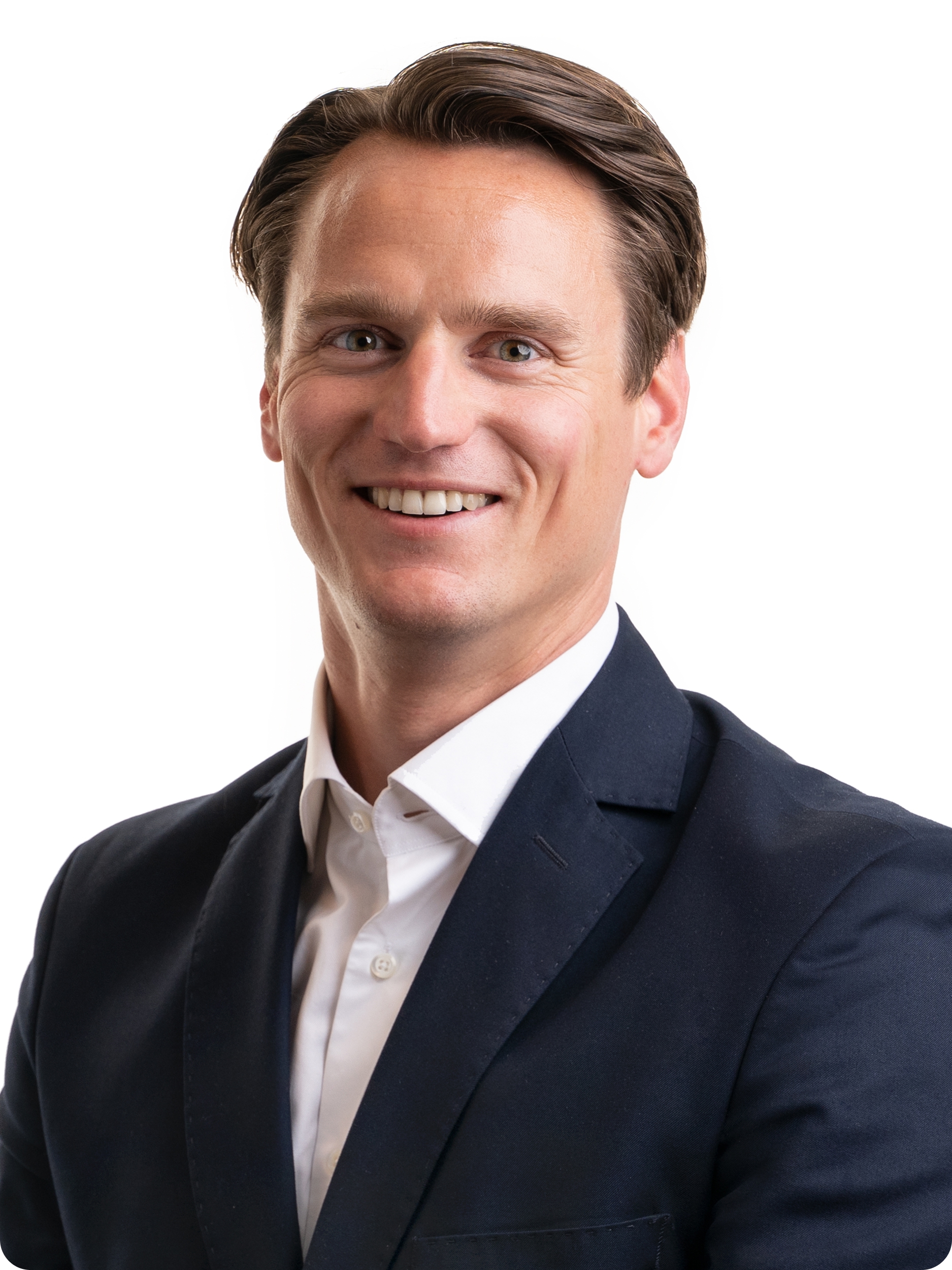
“We’ve gotten a much clearer idea of where to ask for more data, where we can minimize risk and eventually eliminate emissions,” - Pål Feen Larsen, CEO Borgestad

Like many firms, Borgestad didn’t have the luxury, or the need, to build an internal sustainability team. They needed smart tools to do the heavy data lifting and a good advisor to manage the flows and processes. They chose KPMG as their trusted partner in the process and as a publicly listed company preparing for incoming EU requirements, Borgestad evaluated several software solutions with KPMG’s help. They needed a system that enabled them to work well with their current data, but also would allow them to improve as the company got further on its sustainability journey. They also needed something that was cost-effective and could scale both with their company and what was happening in the world.
“Based on this KPMG recommended Morescope, so we went in that direction,” says Larsen. Synne Helletun Næss, Borgestad’s sustainability advisor at KPMG, explains that many enterprise systems were either overkill or simply not relevant for Borgestad’s size and data maturity.
Having Morescope as the tool and KMPG as their project manager created a partnership that made an overwhelming process manageable for the small administration.
Implementing Morescope was straightforward. With KPMG coordinating the rollout, Borgestad engaged all business units across Norway, Sweden, Finland, and Poland. Standardized templates ensured that collecting data across countries became smoother than expected, replacing a patchwork of spreadsheets with a unified system.
Where detailed figures were missing,particularly in Scope 3, spend-based estimates filled the gaps. These will gradually be replaced with activity-based data as the company matures, with improvements already planned for 2025.
As reporting requirements evolved,Borgestad made a strategic choice to steer clear of overly complex frameworks (and thus went from CSRD to VSME). “We prefer a report that gives us value and that we can stand behind, instead of pouring resources into a compliance regime with no business benefit,” Larsen says. This enables their goal to minimize bureaucracy and maximize usefulness.

"Being able to use spend data in an efficient and accurate way, especially with a substantial scope 3 footprint, is key for Borgestad. The smooth transition from spend to activty data as you get increased data quality was key for choosing Morescope" - Synne Helletun Næss, Manager KPMG
“Morescope has given us a much more reliable carbon accounting and a far more comprehensive overview than we had in previous years” Larsen says. “Just getting an overview of our complex value chain, seeing where our biggest risks and dependencies lie, is incredibly important for figuring out how we can influence things going forward,”.
For example, they learned that the operations with the highest risk exposure (like certain overseas suppliers) are also the ones with the highest emissions. “We’ve gotten a much clearer idea of where to ask for more data, where we can minimize risk and eventually eliminate emissions,” Larsen notes.
Internally, the shift has been cultural as well as technical. “I see that climate has gotten broader ownership after we started working with it,” Larsen says. Sustainability is now on the agenda at management meetings, not just in year-end reports and people across departmentsare contributing, if still primarily on the data side.
This shift is important as it's felt fromthe outside too. Over the last five years Larsen and his team has felt an exponential increase in customers requesting documented sustainability performance, so having credible data is key.

“Morescope has given us a much more reliable carbon accounting and a far more comprehensive overview than we had in previous years.Getting an overview of our complex value chain, seeing where our biggest risks and dependencies lie, is incredibly important for figuring out how we can influence things going forward” - Pål Feen Larsen, CEO Borgestad ASA
Carbon accounting is fast turning into real business value for Borgestad. With limited internal resources and growing external demands, the company has chosen a pragmatic path where they meetexpectations with the right partners, the right tools and a clear focus on what matters.
“The easier it is to get data into the system,the easier it is to get actual work done,” Larsen states at the end of our conversation. He expects more companies to follow this matter-of-fact approach, moving away from over-regulation toward pragmatic, value-driven reporting. “The key is finding a way to do it that’s grounded in reality,”. Having turned investor pressure into a strategic asset, Borgestad faces the future with cautious optimism, backed by credible data and a clear approach on handling carbon dataless as regulatory burden and more as real business value.